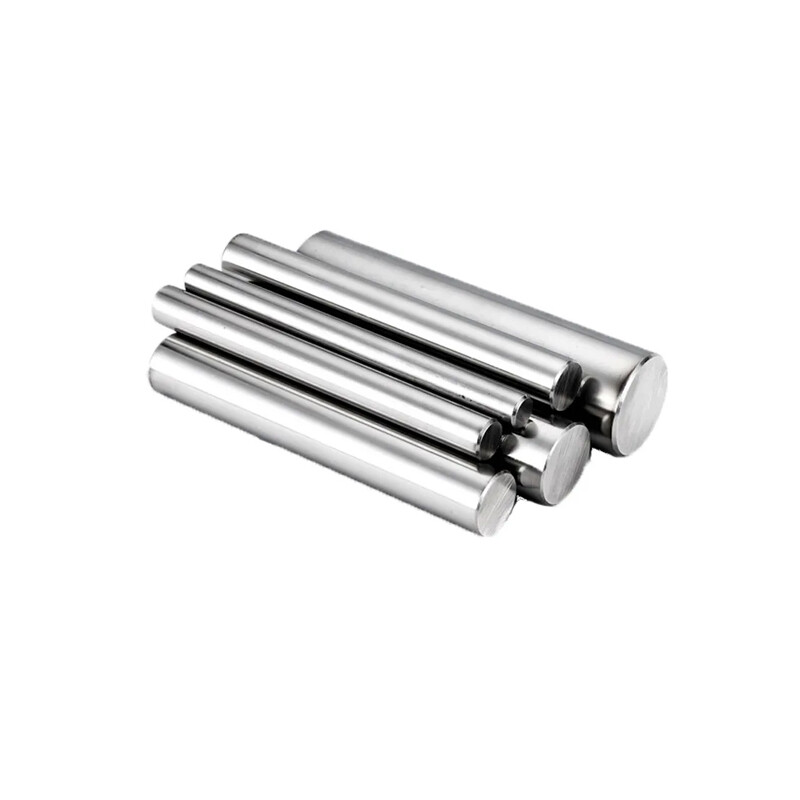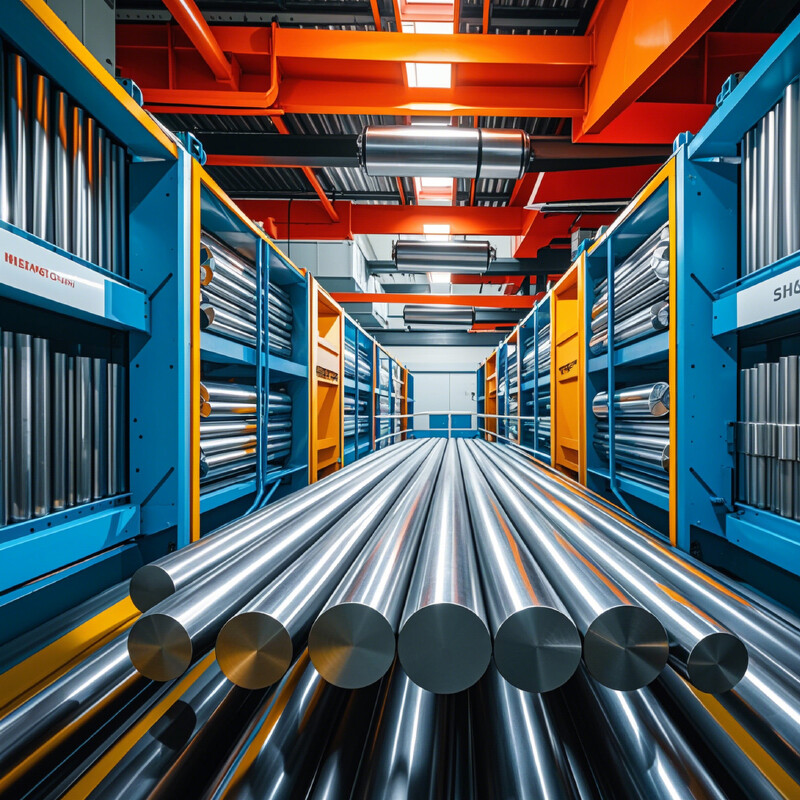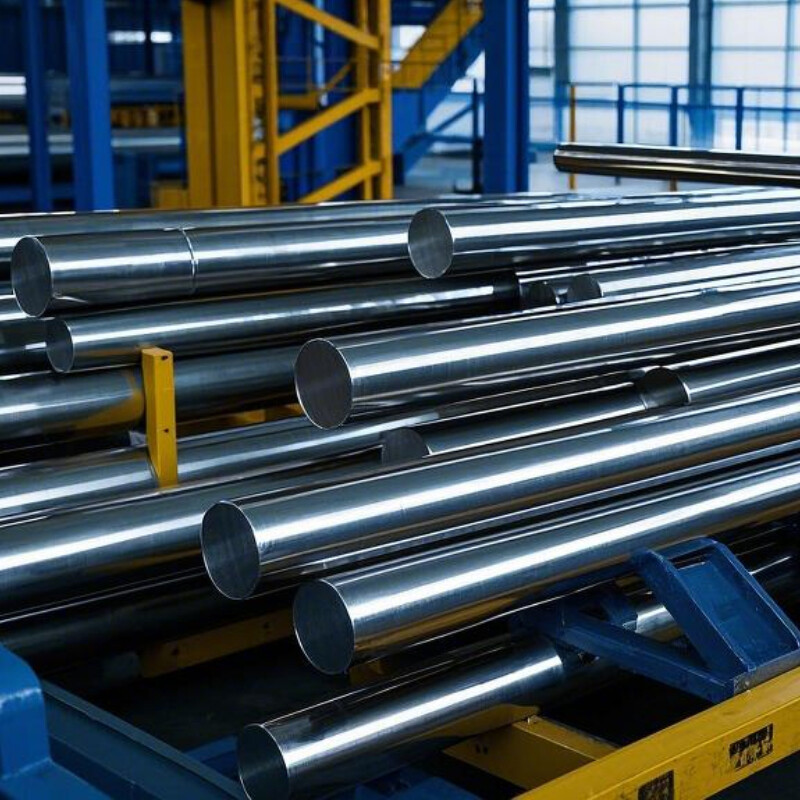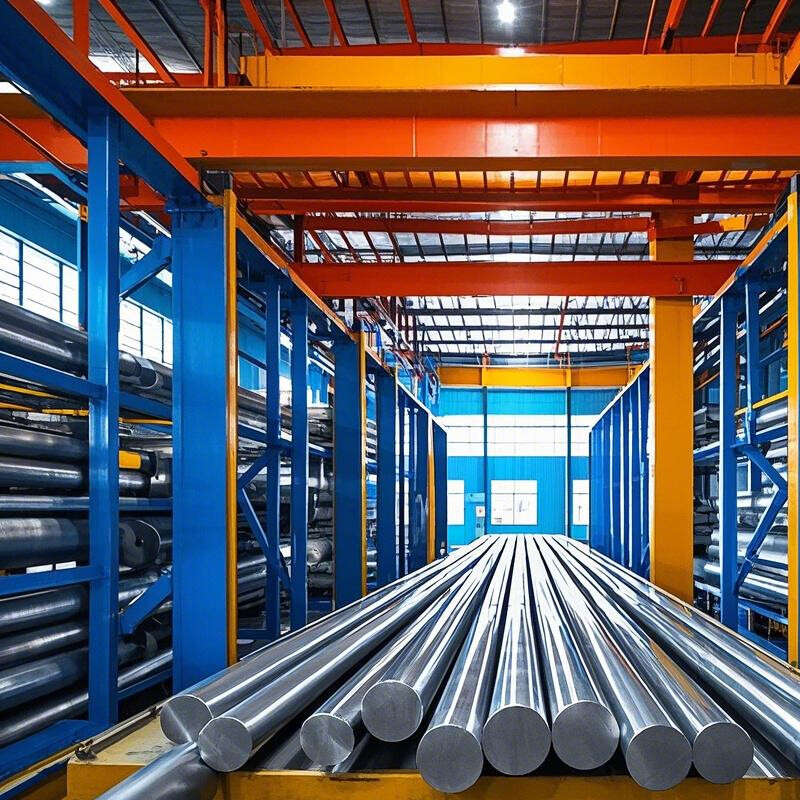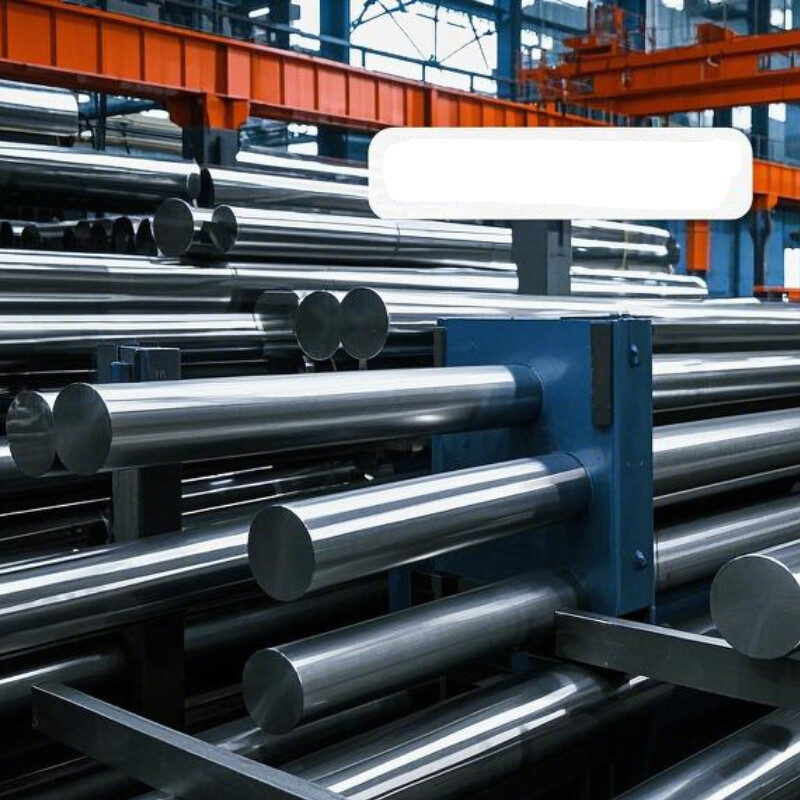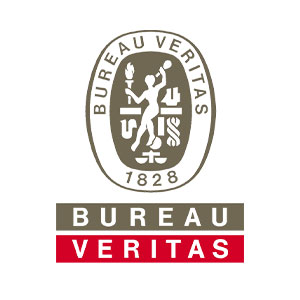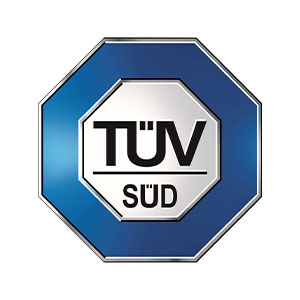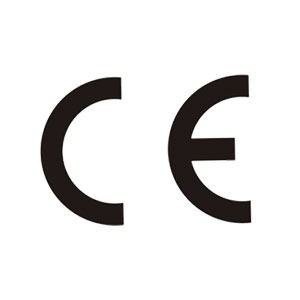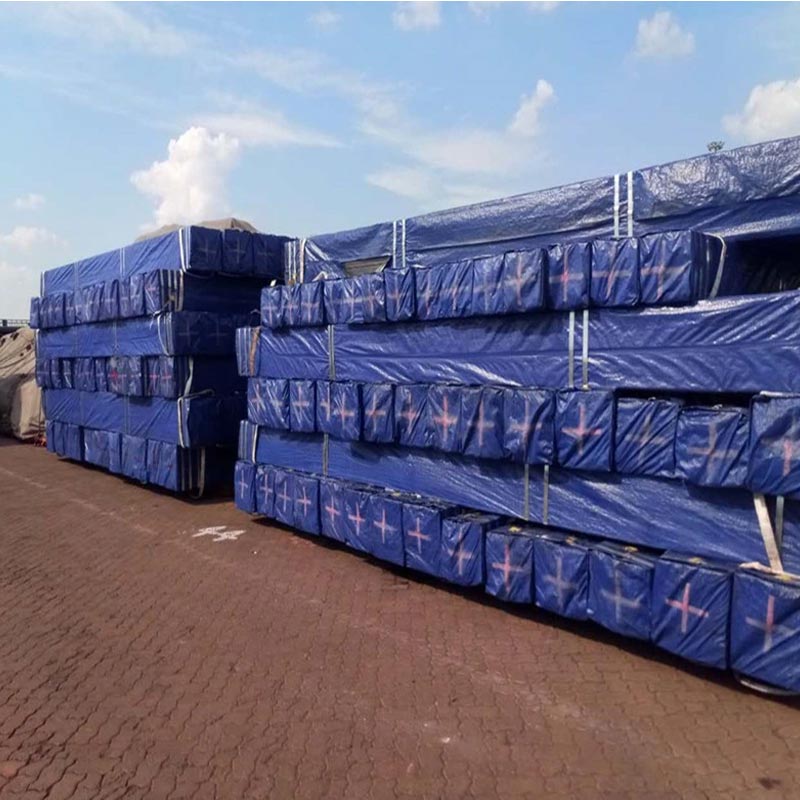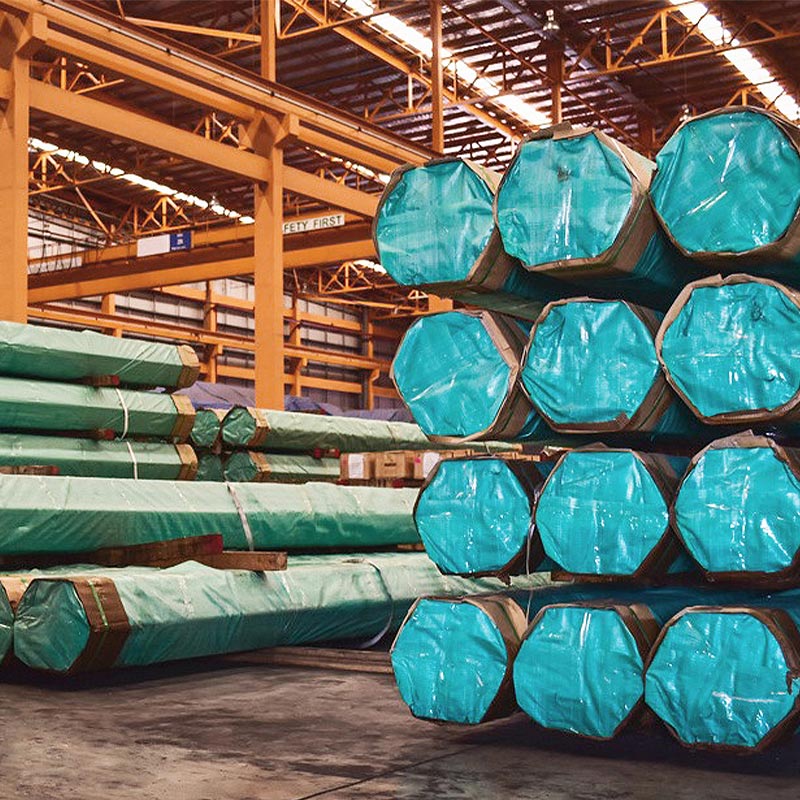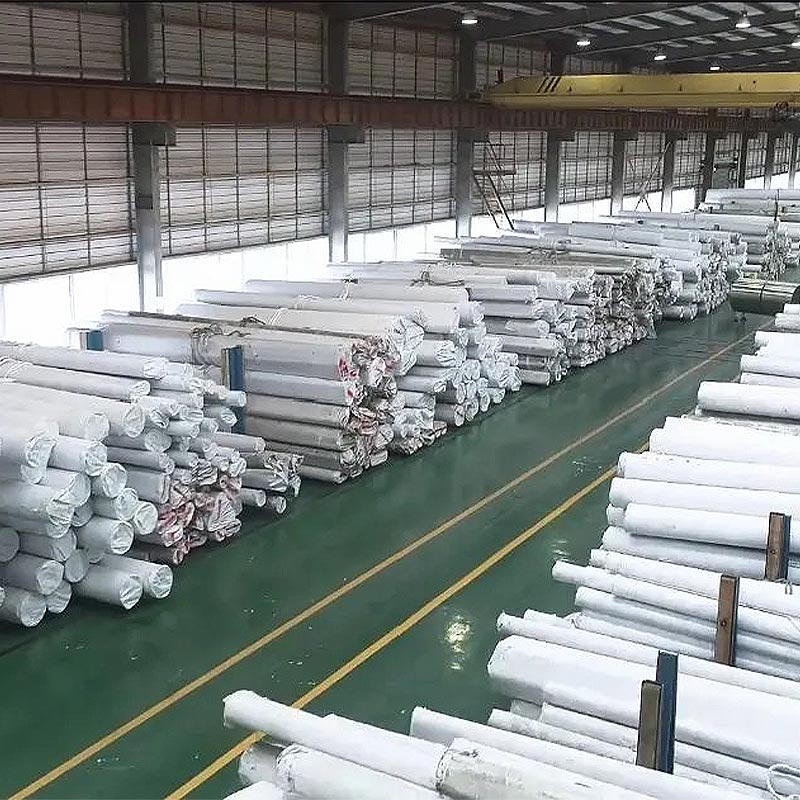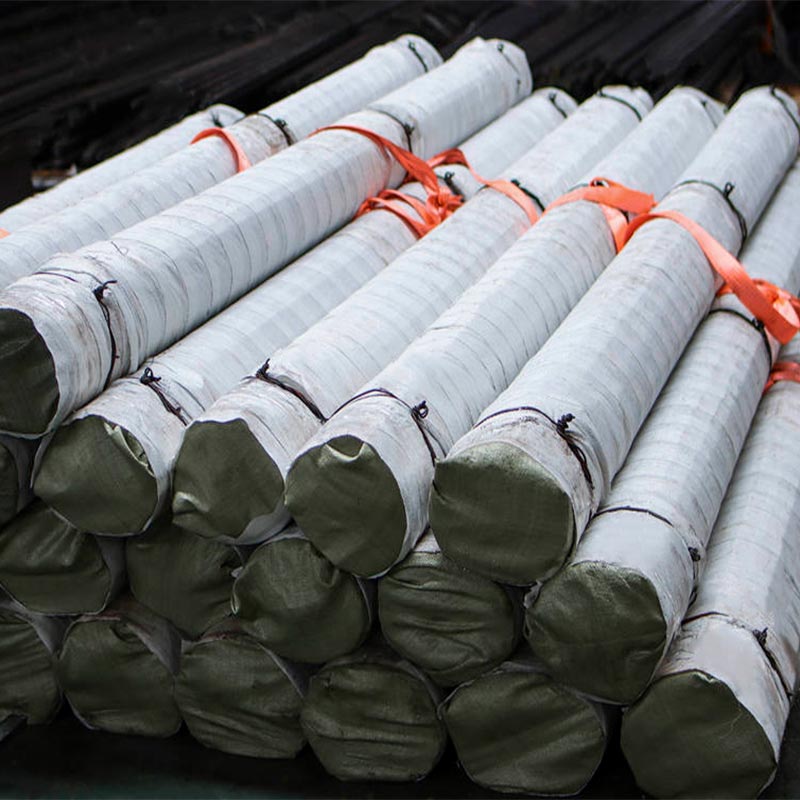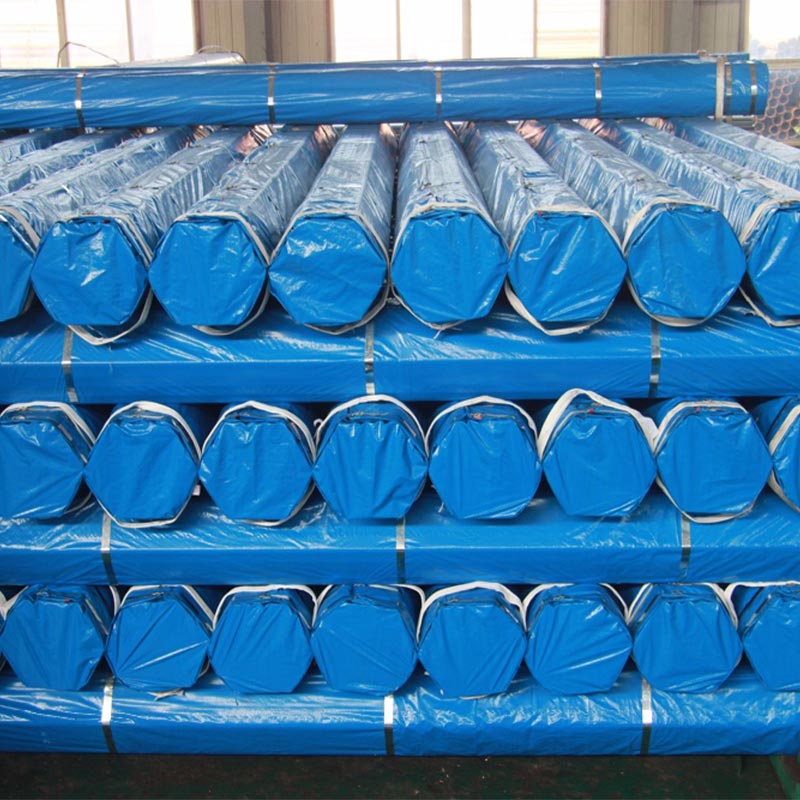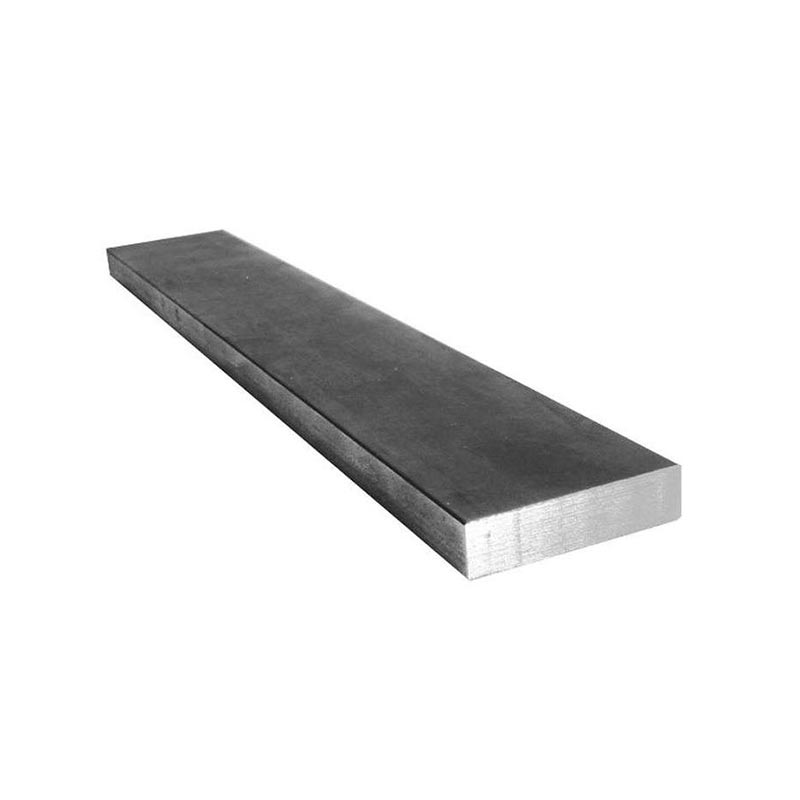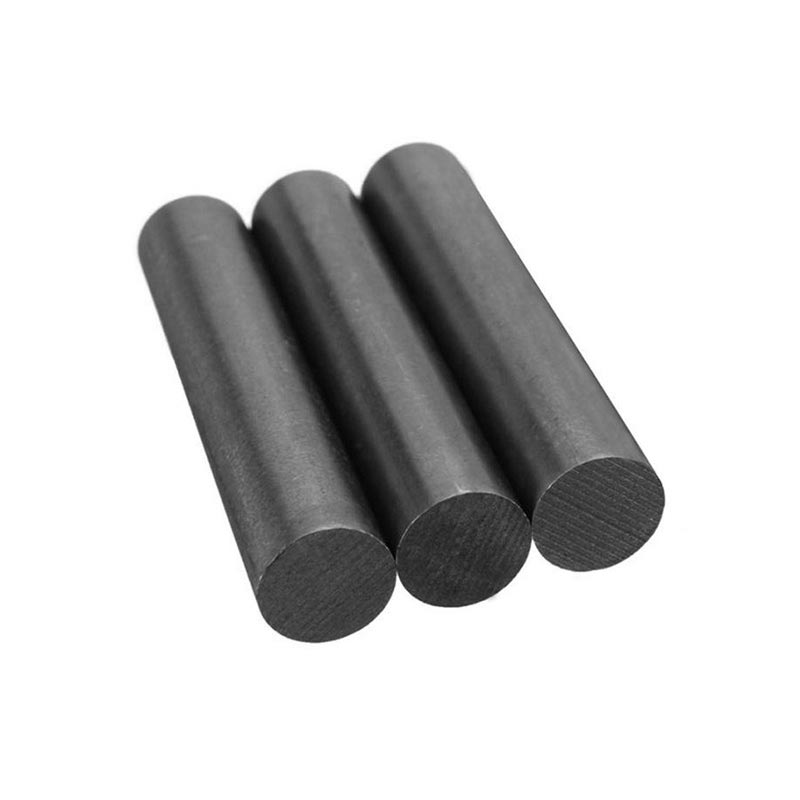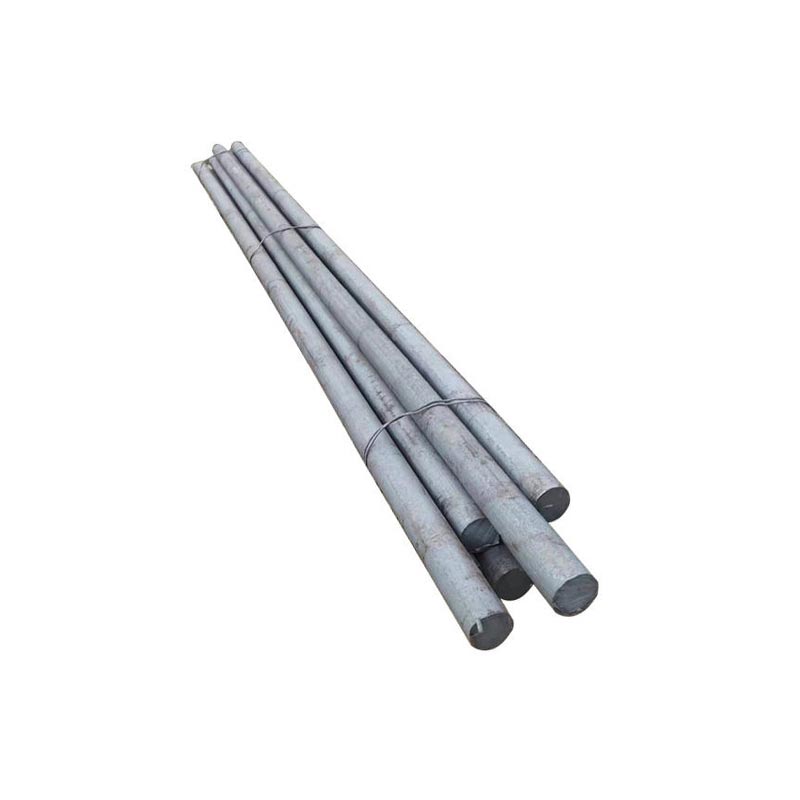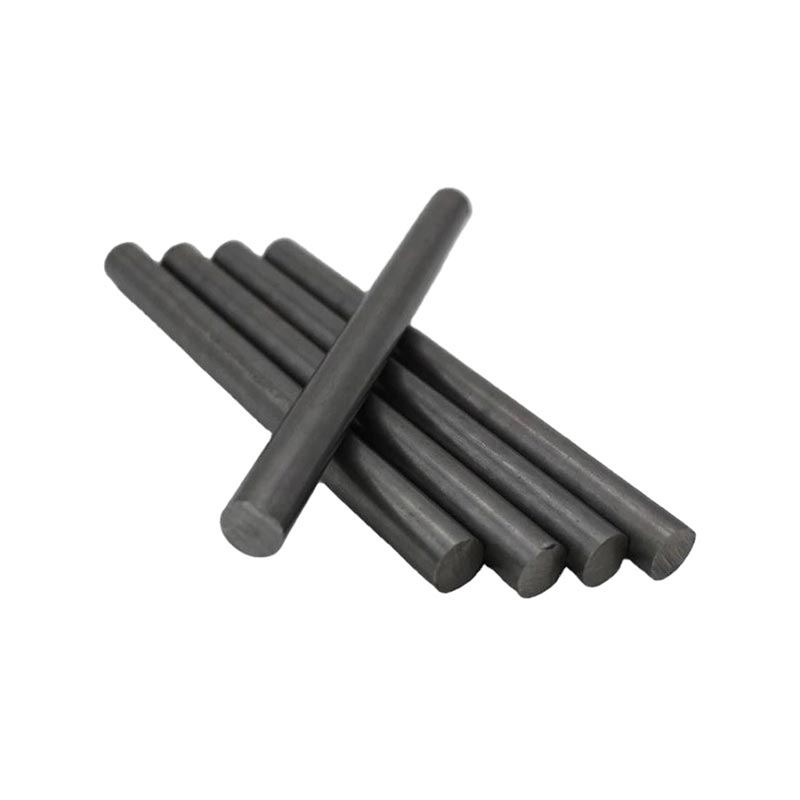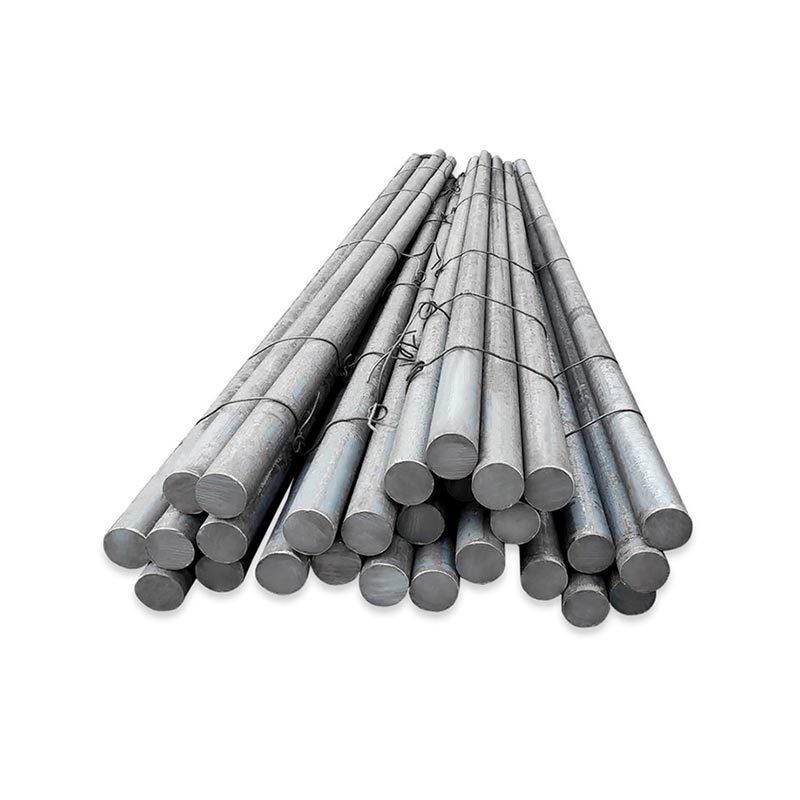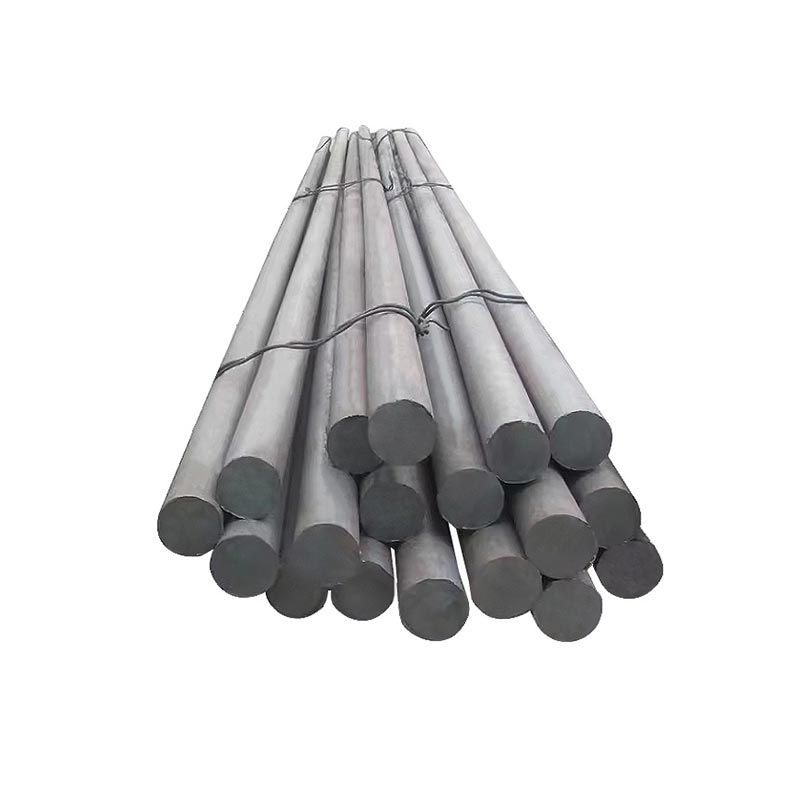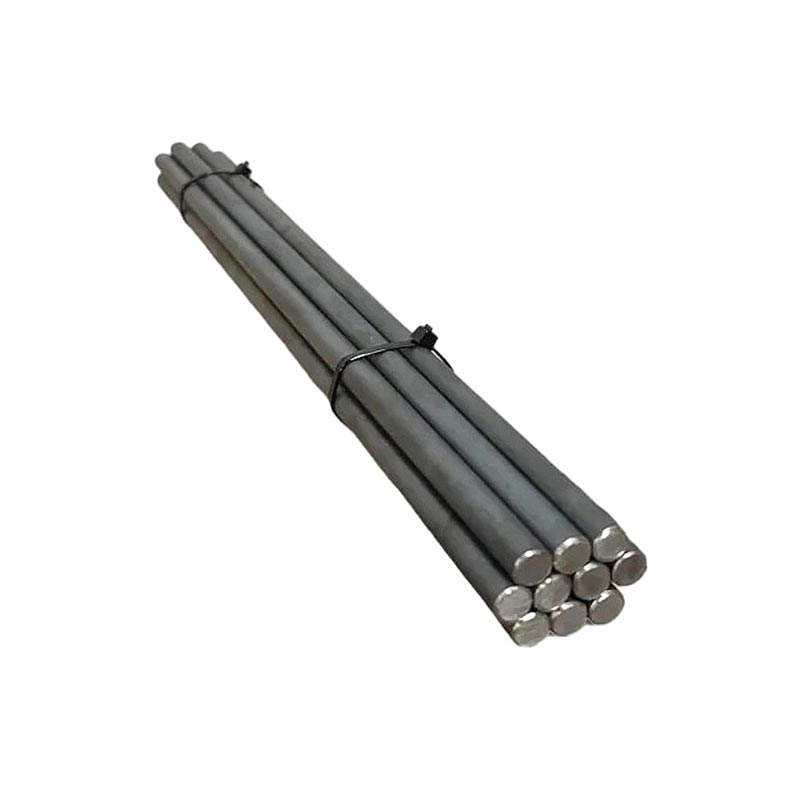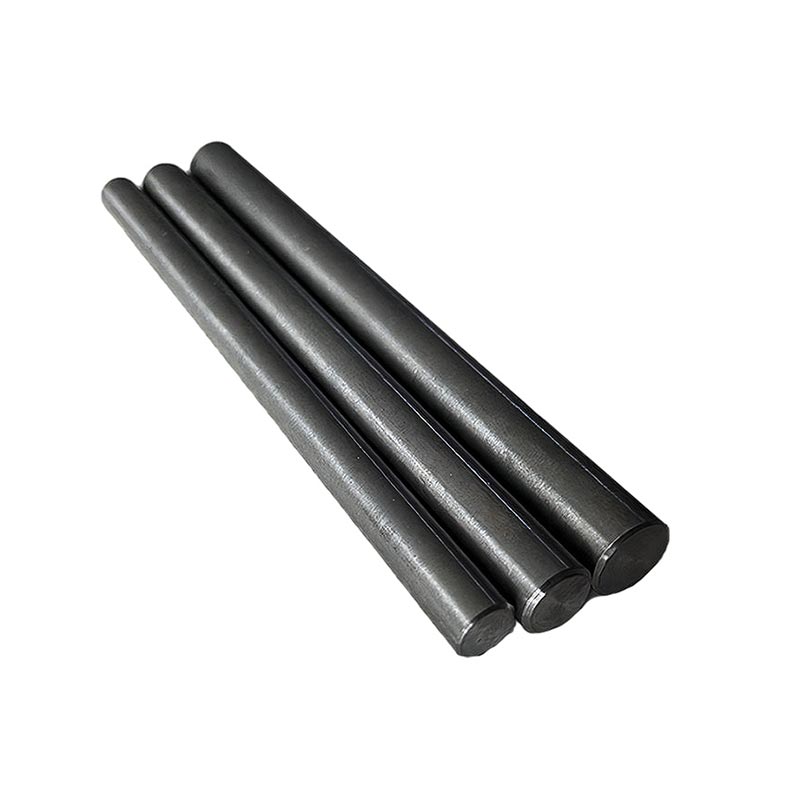Carbon Steel Bar
● A carbon steel bar is a solid, elongated rod made from carbon steel—an alloy of iron and carbon, with minimal other elements. Classified by carbon content (low, medium, high), it varies in strength and ductility.
● Low-carbon bars (e.g., A36) are ductile and weldable, used in construction or fasteners. Medium-carbon types balance strength and toughness, ideal for machinery parts. High-carbon variants are hard and wear-resistant, suited for tools or springs.
● Available in shapes like round, square, or hexagonal, they come in various lengths and diameters. Widely used in manufacturing, construction, and engineering, these bars serve as raw material for fabrication, structural support, or component production.
View Video
AISI/SAE 4130/4140/4340 Alloy Steel Bar
AISI/SAE 4130, 4140, and 4340 are high-strength alloy steel bars, alloyed with chromium, molybdenum, and (for 4340) nickel. 4130 offers good weldability and toughness, suited for aerospace and automotive parts. 4140 provides higher hardenability and strength, ideal for shafts and machinery components. 4340, with added nickel, delivers superior impact resistance and fatigue strength, used in high-stress applications like aircraft landing gear. All respond well to heat treatment, balancing strength and ductility for demanding industrial, aerospace, and engineering uses.
Get A Quick Quote!
You Can Leave Us A Message
or Send Us An Email!
Product Details
Product Parameters
Packaging and Transportation
Related Products
Leave Us Message
Please give us a message
What are you lookking for?

